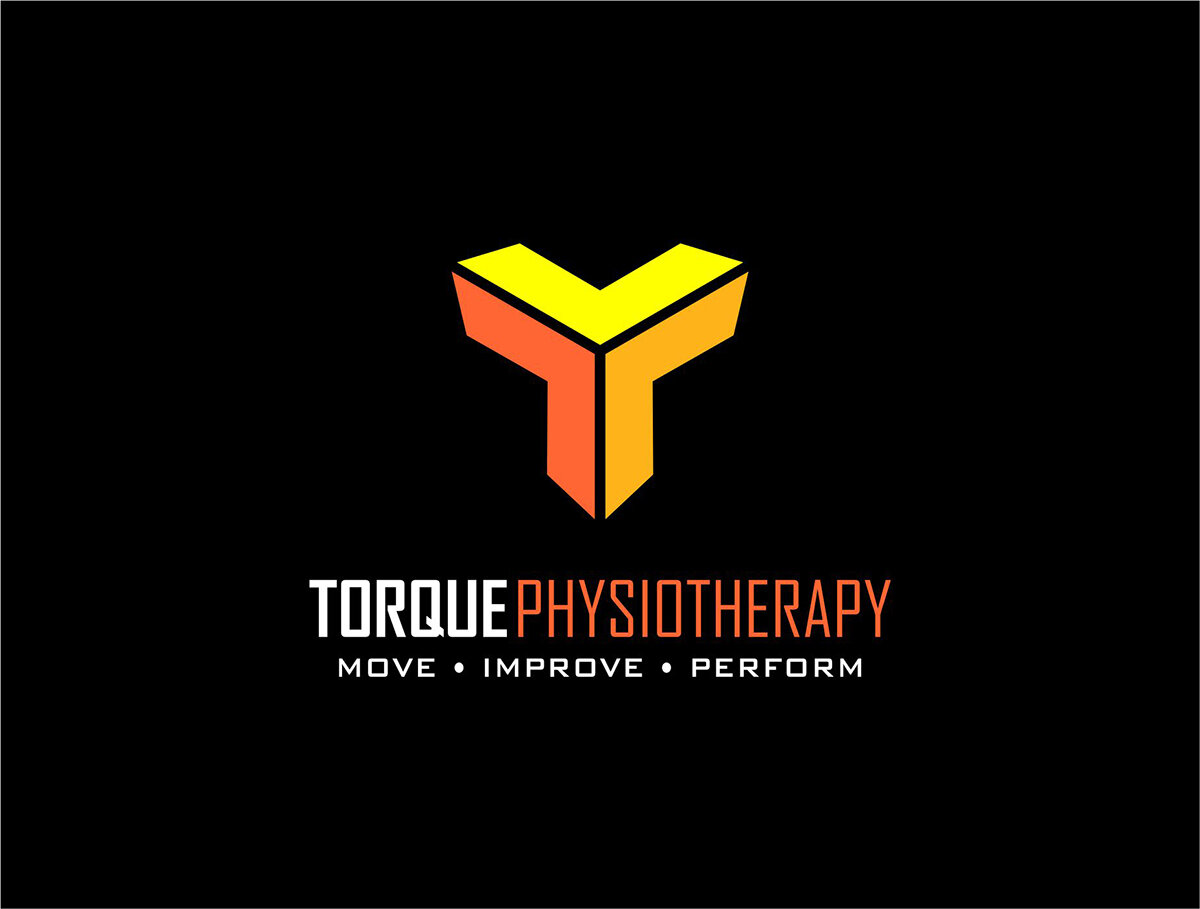
Dry Needling
Dry Needling at Torque Physio
In addition to advanced level graduate certifications, I have several years of experience in Dry Needling for treatment of musculoskeletal pain and neuromuscular dysfunction across a wide range of conditions. Over the last two years, I have also been lucky enough to attend the University of British Columbia in Vancouver, Canada, to learn the specific evidence based approach of GUNN IMS (Intramuscular Stimulation) in specifically treating neuropathic pain conditions. This approach is based on a systematic methodological assessment of the musculoskeletal and nervous system, identifying the potential root cause of pain, and addressing this directly through targeted segmental dry needling.
Unlike traditional “trigger point” dry needling, which isolates and treats only the symptomatic tissue or “tight” muscles, (often leading only to short-term pain relief), GUNN IMS is effective in identifying the root cause of dysfunction through detailed and thorough physiological assessment, and then directly addressing dysfunctional body segments according to spinal innervation patterns and peripheral nerve supply. From my own practical experience, I have found it particularly useful in treating various pain presentations involving the hip, shoulder and lumbar spine, as well as headaches, jaw pain and dysfunction, and most tendinopathies.
As an adjunct to carefully prescribed exercise and movement rehabilitation, Dry Needling and GUNN IMS can be very helpful in decreasing pain, facilitating better range of movement in a particular region, and hence, potentially contributes to the restoration of normal tissue function.
If you are interested in finding out more about whether Dry Needling is a suitable option for you, contact me for more information or book a Physiotherapy appointment online. More information on GUNN IMS can be found here.
How does it work?
Following a detailed subjective and physical examination, Dry Needling may be indicated as a helpful treatment adjunct as part of your Physiotherapy treatment and rehabilitation plan.
The technique involves careful and targeted, multiple advances of a fine-filament, sterile, single-use needle (similar to an acupuncture needle) into an area of dysfunctional muscle, with the objective to elicit a local twitch response to decrease pain and restore normal tissue and neuromuscular function.
Because the needle is very thin, sometimes patients may not feel it penetrate the skin. Everybody is different, and experiences different sensations with needling, depending on the individual’s condition, area being needled, and nervous system response.
Dry Needling versus Acupuncture
Despite use of the same fine filament-type needles, the origin and development, underlying clinical reasoning, mechanistic theory, and techniques are each very different between Dry Needling and Acupuncture.
Acupuncture first originated in China as early as 600BC, with the intention to treat underlying medical conditions by way of restoring energy flow (Qi) through specific areas and pathways of the body (meridians) to restore health and balance. Dry Needling however, was developed and harnessed as a treatment technique in the late 20th Century, gaining interest as a specialised method of treating muscular pain and function. Over the years, the technique has evolved, and is now popular amongst Physiotherapists and other Medical Professionals for this purpose.





